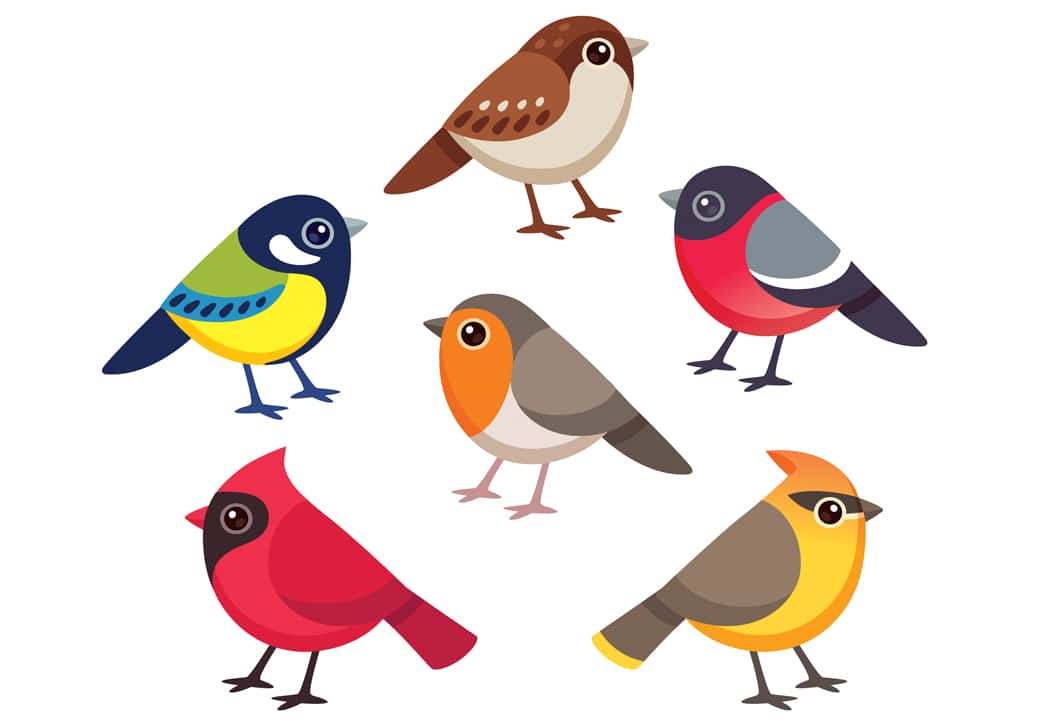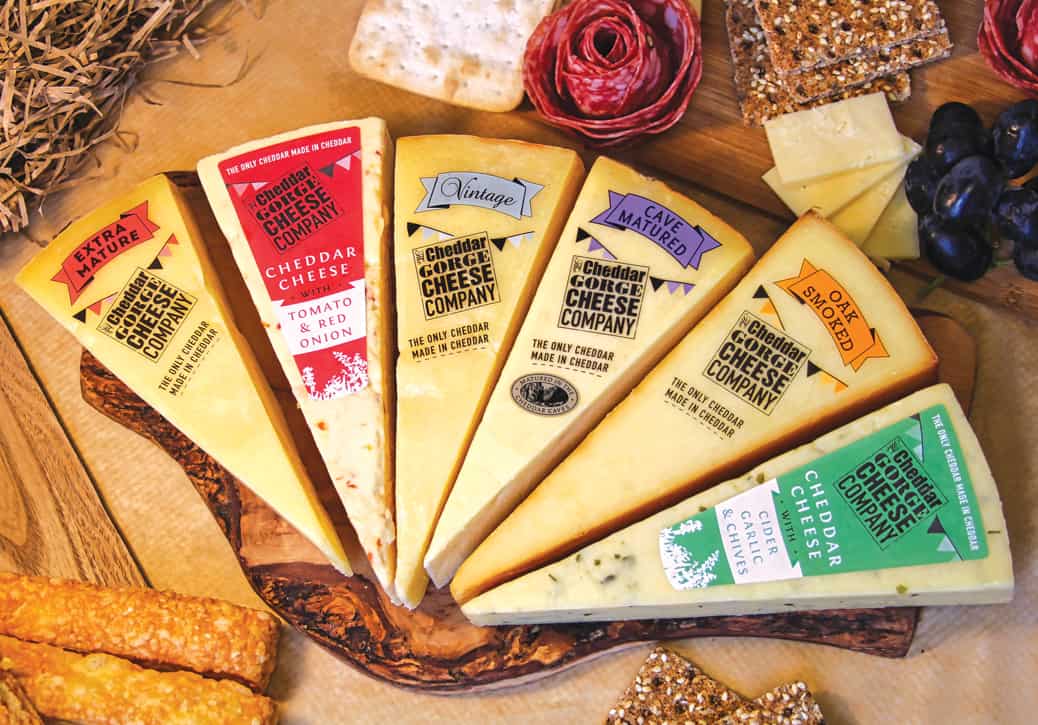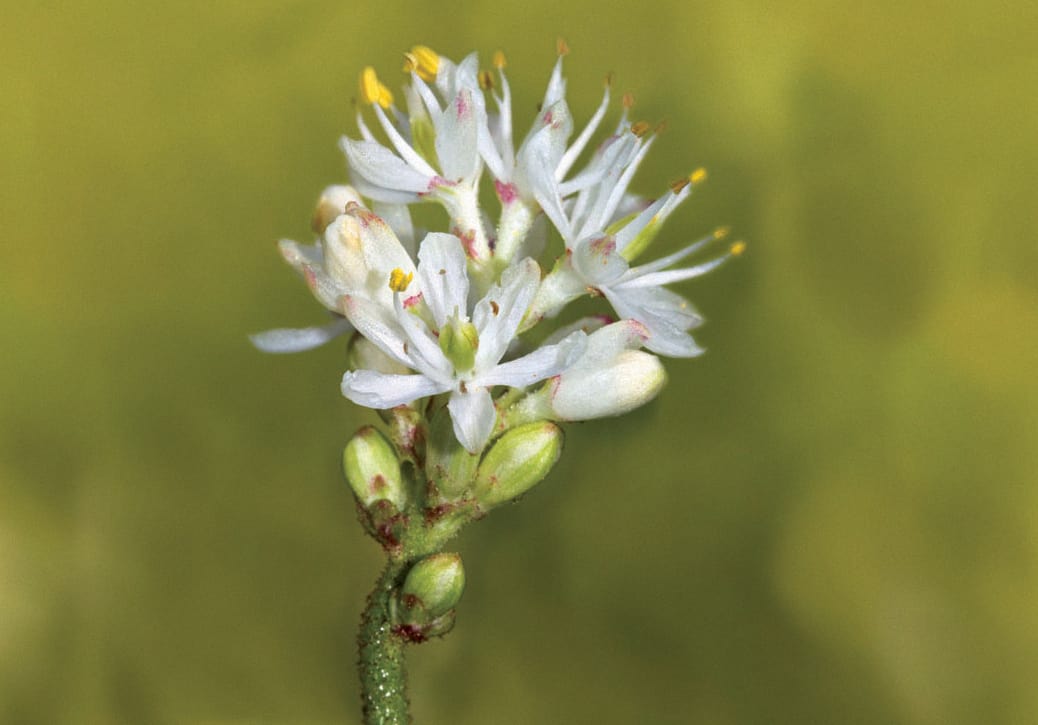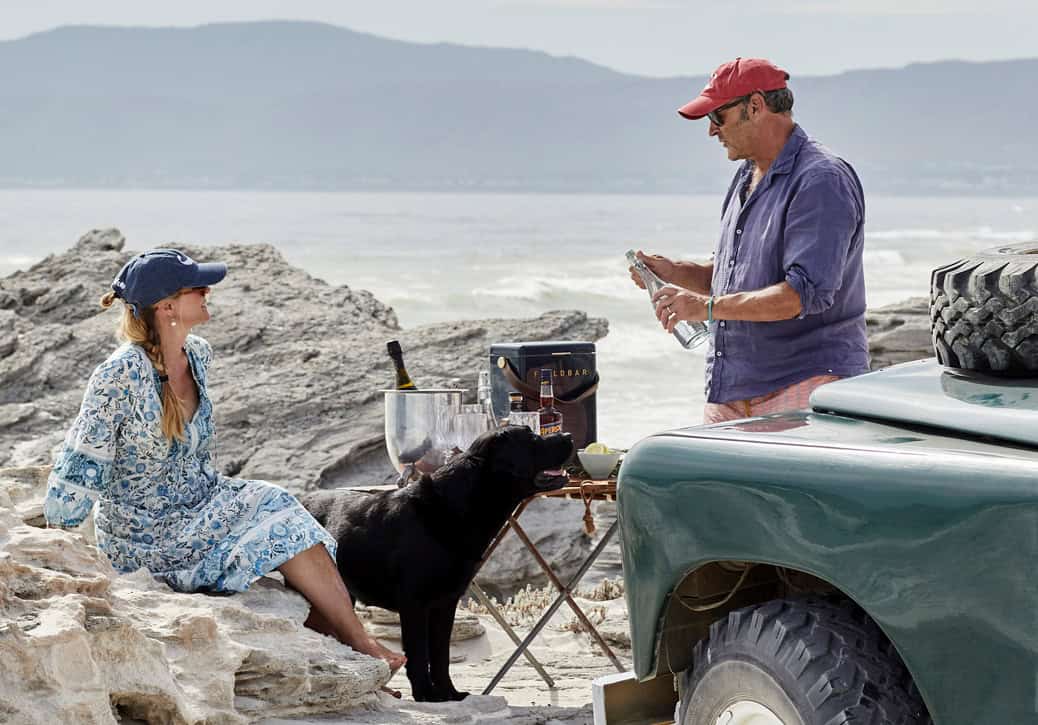Being surrounded by birds can make you happier
By Kelly Vaughan
A new study conducted in Germany has found that the more often we see and hear birds chirping and singing, the happier we are. A team at the German Centre for Integrative Biodiversity Research discovered that being surrounding by a wide variety of birds can offer increasing life satisfaction equivalent to $150 per week of added income.
According to the study, seeing 10 per cent more bird species generates satisfaction on par with a comparable increase in income. “We also examined the socio-economic data of the people that were surveyed, and, much to our surprise, we found that avian diversity is as important for their life satisfaction as is their income,” said Dr. Katrin Böhning-Gaese.
Another study from California Polytechnic University found that placing speakers with a variety of bird sounds on hiking trails improved the outdoor experience. The study was conducted in Colorado but the findings may improve hikers’ happiness everywhere. There was no difference in hikers’ happiness whether the bird sounds were artificial, pre-recorded, or natural.
During an unprecedented year of loss, stress, and uncertainty, the comforting sounds of nature have been crucial. A recent report from the Audubon Society found that sales of bird feeders, bird food, and birding apps have all increased during the pandemic, and participation in the Cornell Lab of Ornithology’s annual Global Big Day 2020 broke records.
Source: travelandleisure.com
The tiny UK village that found its cheese
By Lizzie Enfield
If you want to taste authentic cheddar cheese, the way it originally tasted, you need to visit the 5,400-person village of Cheddar in the county of Somerset, England. As far back as the late Middle Ages, cheesemakers used caves in the towering limestone cliffs of Cheddar Gorge as natural refrigerators.
Back then, cheese would have been made in small individual dairies, but as a result of rationing during World War II, most of the milk in Britain was used to make a single generic cheese dubbed “Government Cheddar.” This nearly wiped out local cheese production, slashing farmhouse producers to from more than 3,500 before WWI to barely 100 by war’s end. For years afterward, there was no-one making traditional cheddar in Cheddar.
That all changed in 2003 when one local couple, Katherine and John Spencer, decided to revive the cheese-making methods. Over a six-year period, they perfected their brand of cheddar, eventually persuading local landowner Lord Bath to allow them to store cheese in the same caves that gave the original cheddar its unique sharp taste centuries earlier.
200g of The Spenser’s cheddar costs about £5.60, whereas supermarket cheddar blocks cost £1.00.
The Spencer’s won two gold medals at the 2021 Global Cheese Awards for their cave-matured and yellow cheddar and a silver for their vintage cheddar (which is aged up to 30 months). No mean feat for a small producer from a tiny town.
Source: bbc.com
Cryptically carnivorous flesh eating plants
By Jessica Leigh Hester
Wildlife in British Columbia’s Cypress Provincial Park co-habits the forest with Triantha occidentalis. Also known as Western False Asphodel, it’s a spindly thing—topped with a spray of little white flowers that thrives in damp environments, often in the company of confirmed carnivores such as sundews and butterworts.
Recently, a special team from the University of British Colombia found that T. occidentalis was missing genes that aid in photosynthesis and instead has an unusual appetite for meat. Boggy Cypress Provincial Park has patchwork of water and forest and is “a perfect place for carnivorous plants,” says team lead Qianshi Lin. Using tweezers, Lin affixed lab grown fruit flies to the plants’ leggy stems, which are dotted with stubby glandular hairs, reddish and sticky as rubber cement.
Afterwards her team returned to the park after a week, then two, and found stems speckled with exoskeletons. The researchers harvested the plants and found that T. occidentalis was indeed siphoning that nitrogen and accumulating it in its stem and fruits to use for energy.
Lin, now a postdoc fellow at the University of Toronto, described the plant as a “cryptic carnivore”—a flesh eating plant whose appetite for insects was under the radar. However she now worries that with bogs drying out in our warming world she may not get the chance to meet other cryptic c’s hiding in plain sight.
Source: atlasobsura.com















